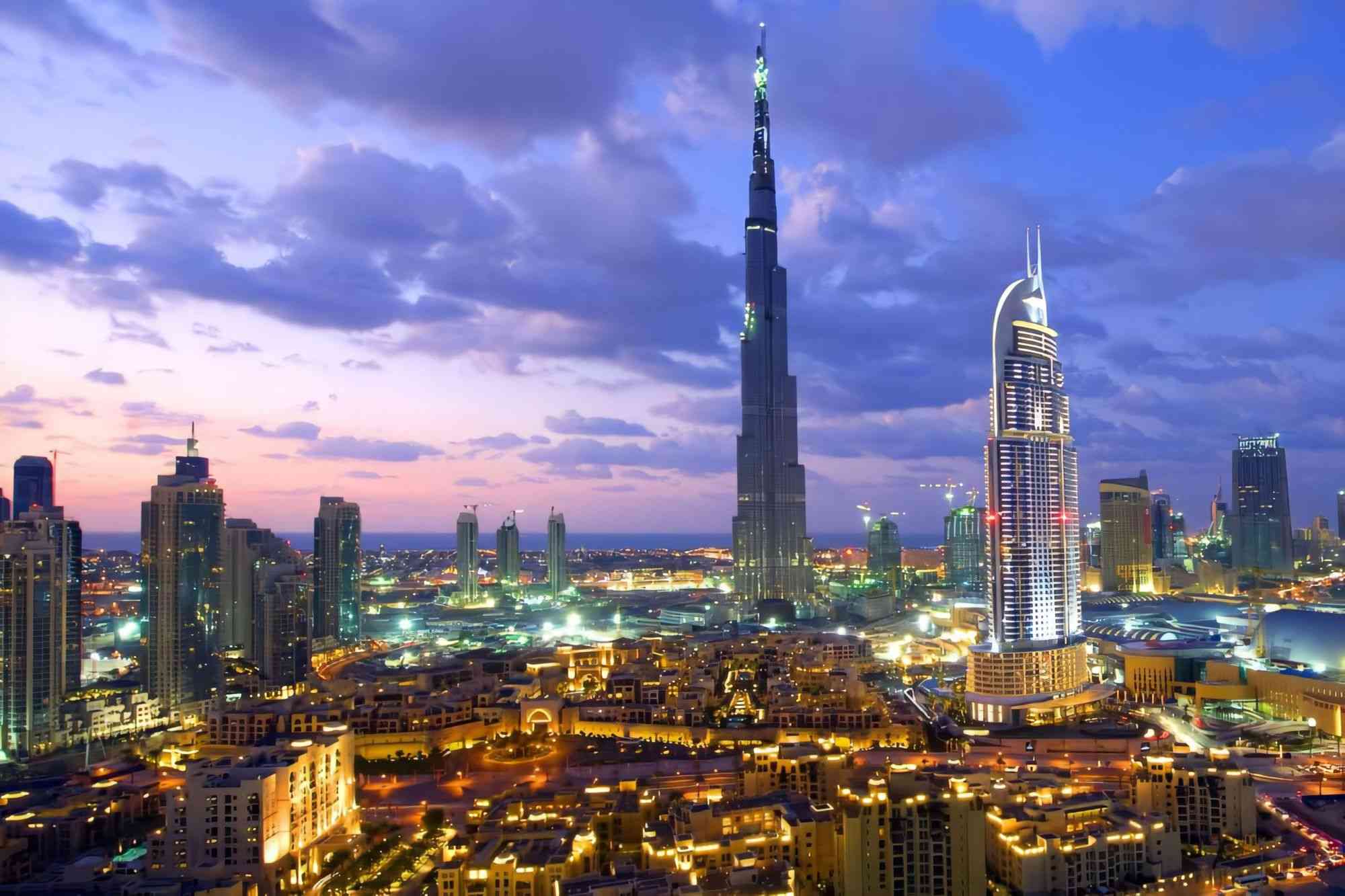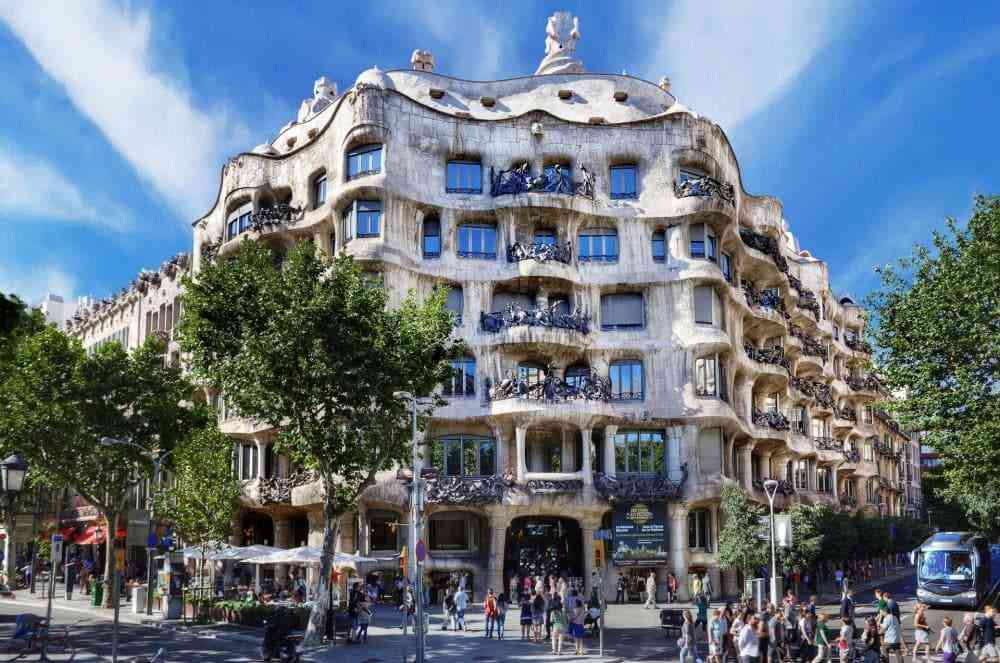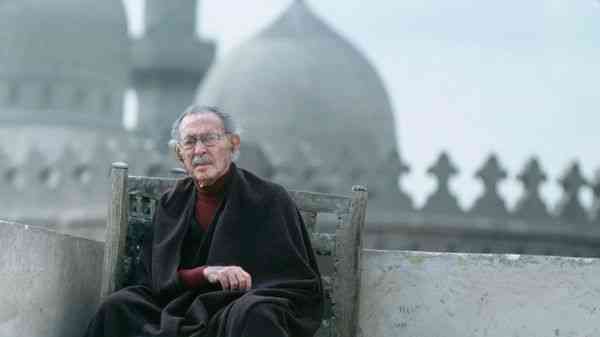The Arabs had many prominent figures in the field of engineering and architecture, so each one possessed a wonderful intellect and an open mind to deliver the message of science even to less fortunate countries and peoples, and these goals are one of the highest goals in science, engineering, architecture, arts, and even music.
There are several Arab personalities who have reached the world because of their distinctive engineering and scientific perspective and their achievements, and their achievements still exist to revive their thought even after their death, and among these figures Ahmed Zewail, who won the Nobel Prize in Chemistry and Zaha Hadid, who designed more than wonderful buildings and their buildings spread all over the world.

But the character that I will talk about in this article is more than wonderful and is somewhat different from the rest of the characters that I talked about in the past, which is the architect Hassan Fathy, who was very close to people, especially the poor, who used to design houses to be built at the lowest cost and with materials that we can find in Anywhere.
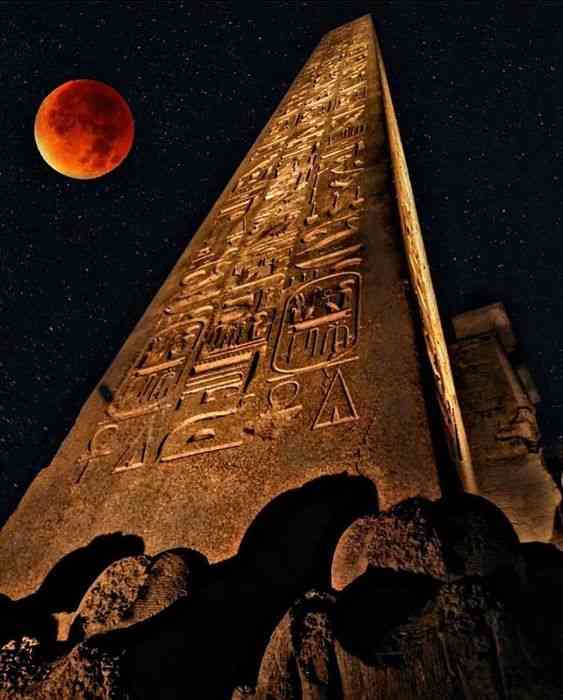
Hassan Fathy
He is one of the Arab architects born in Egypt and he is one of the most famous architects in the world due to his wonderful architectural theories and distinctive buildings that differ in design and construction from any building in the world. He was born in Alexandria in 1900, studied in Cairo and specialized in the field of architecture. [1]
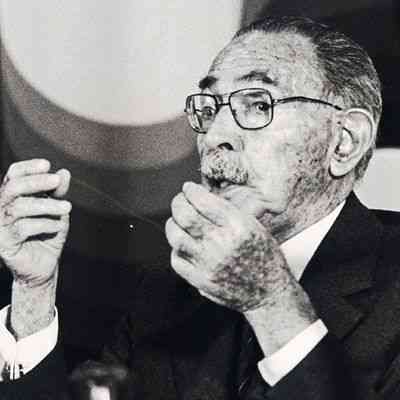
His skills
Hassan Fathy possessed many skills in design and construction that made him distinguished in his field worldwide, and these skills include:
- His architectural design skills
He relied in his designs on simple designs that do not have "visual distortion" because of their simplicity and lack of complexity, which gave him a wonderful advantage in design and also used some architectural elements that were used very old, such as arches, columns and domes, as he was the first architect to use domes in designing houses, domes were used. Instead of using a flat roof and this reduces the cost of construction due to the limited use of iron in the bearing columns, use pointed arches to locate doors and entrances.
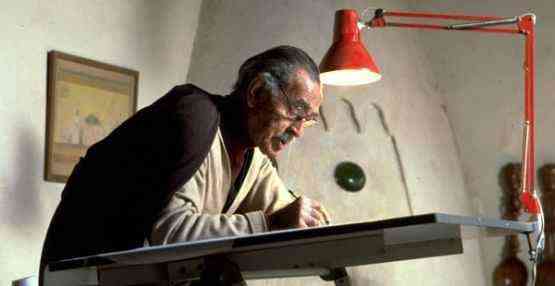
It is also distinguished by using sustainable elements to make the house withstand the high temperatures in the desert or not affected by pollution in cities, and among these elements is the air conditioner that you find in every building designed by Hassan Fathi, and this element makes the air cool from entering the house without using energy using very simple materials.
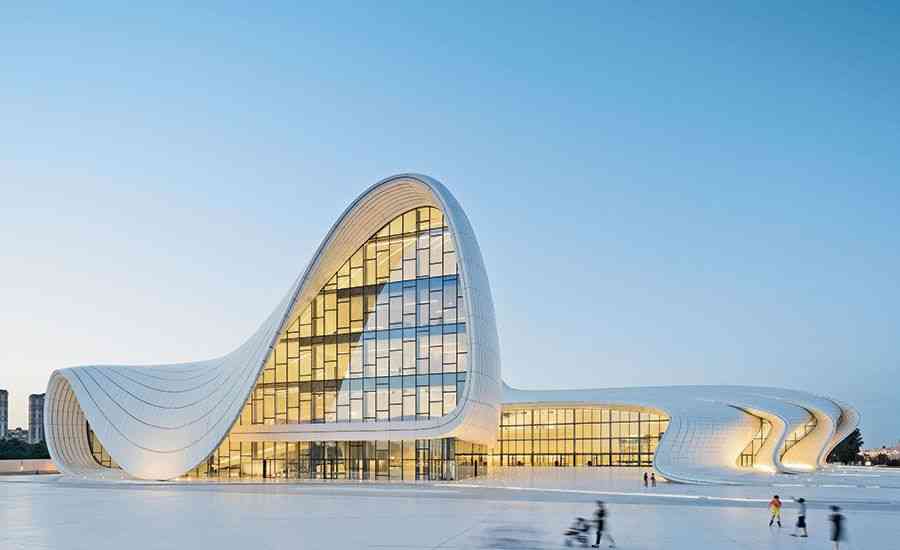
- His skills in quantification
He is the engineer of the poor, as he has devoted his life to designing houses for the poor, as he designed houses that cost little to construction and that poor people can inhabit. He was distinguished by using natural materials such as mud bricks and mud, and he was committed to giving a home with a wonderful design and at a very low cost.
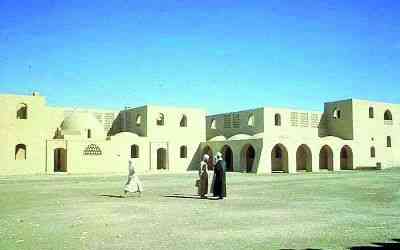
"Modern Egypt does not have a local style, as the fingerprint is missing, and the homes of the rich and the poor are alike without a character, without an Egyptian accent."
Where did Hassan Fathy get inspiration from?
Hassan Fathy was a lover of the ancient Egyptian heritage and the techniques used in construction, so one day he went to a village west of Aswan and found what he was looking for, and one of his sayings was:

“An entire village of spacious homogeneous houses. It is the village of dreams… each house is more beautiful than the other… it looks deep… relaxed… roofed with a clean brick vault and uniquely decorated around the entrance with Claustra openings and raised clay ornaments. The way it was built was as natural growth as it is. The Dum palm tree around it, I realized that I was looking at the surviving living trace of Egyptian architecture from before the fall" [2]
And this heritage was transferred to all cities of Egypt and all its designs used the same techniques. It was inspired by many ancient Egyptian heritage theories that have been studied all over the world and won many international prizes.

Hassan Fathy works
Hassan Fathy has owned many works that have gained wide international acceptance, including these designs:
- The village of New Gourna
The aim of the project was to re-house 7,000 people in the village, and various primitive techniques were used with few modern techniques, thus preserving the spirit of sustainable construction and Hassan Fathy preserving the previous architectural style in designing the old village plan, but any work is not devoid of some good touches Fath for it.
However, due to intellectual obstacles among the people, that the construction of the village was not completed, and this is because of their resemblance to the village, such as the Egyptian graves, where the design of Egyptian graves contains domes, and most of Hassan Fathi's designs contain domes.
- Technologies used
Ancient techniques were used with modern knowledge to make this design more than wonderful, so domes were used to reduce construction costs, in addition to taking out hot air in the summer, in addition to using mashrabiyas that preserve the privacy of homes with light and air entering them, and also using the air hooks in many homes.
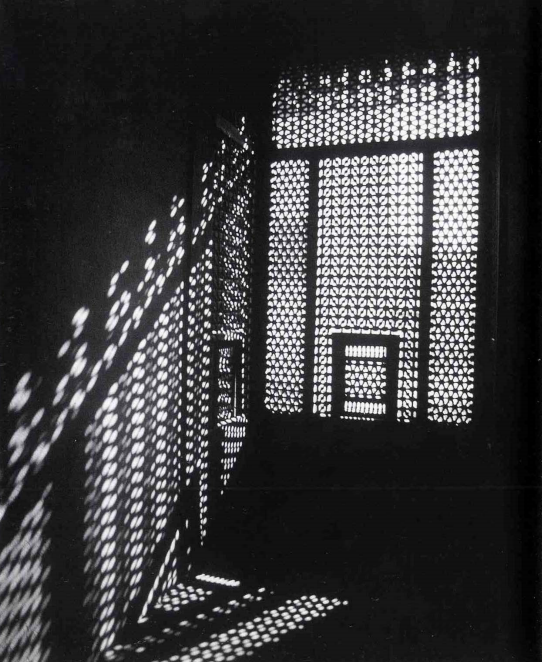

Hassan Fathy preserved the design of the distinctive country house in the village, by using natural materials such as mud in its construction.
- The New Gourna Mosque
Hassan Fathi’s design style for mosques did not differ much from residential houses. The same materials were mud bricks and the same elements such as domes, mashrabiyas, and air sheds. But mosques were distinguished from the rest of his designs by their high height and the abundance of young people in them and the abundance of arches inside in order to carry the building. Houses and buildings in general to suit the poor and the rich alike.

Hassan Fathy received many praise from many institutes, universities and countries, until his designs reached India, where he designed a mosque in it and also designed the housing of Arab refugees in Gaza and many other things that he excelled in and worked on designing them in a way that suits his principles and the original Egyptian culture.
Thanks for reading!
source:
[1] "arageek", "Who is Hassan Fathy?",Retrieved: (14/9/2020) https://www.arageek.com/bio/hassan-fathy
[2] Majdi Al Zoghbi, 15/11/2019,"Hassan Fathy: the genius engineer of the poor" Retrieved: (14/9/2020) https://www.ida2at.com/hassan-fathy-genius-architect-of-the-poor/
Recommended reading:
